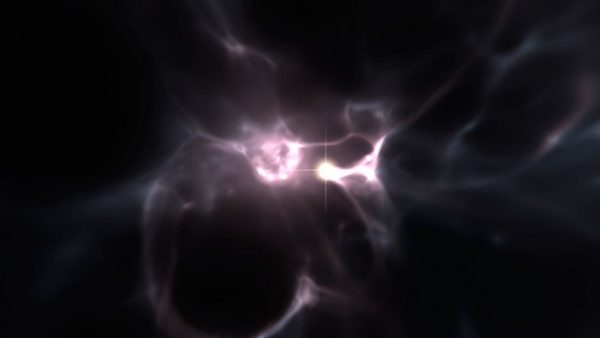Iron-poor star hints at nature of first-generation suns – Astronomy Now – Astronomy Now Online

An international team of astronomers has located an ancient, presumably second-generation star in the halo of the Milky Way 35,000 light years away that contains less iron than any other star found to date, just one part in 50 billion.
“That’s like one drop of water in an Olympic swimming pool,” said Thomas Nordlander, a researcher at the Australian National University and the ARC Centre of Excellence for All Sky Astrophysics in 3 Dimensions (ASTRO 3D). “This incredibly anaemic star, which likely formed just a few hundred million years after the Big Bang, has iron levels 1.5 million times lower than that of the Sun.”
The discovery, using the SkyMapper Telescope at Sliding Spring Observatory, may shed light on the nature of the first generation of stars that formed in the wake of the Big Bang.
Those presumably massive stars, mostly made up of hydrogen, helium and trace amounts of lithium – the primary elements cooked up during the birth of the cosmos – quickly burned out and exploded in titanic supernova blasts. In the process, heavier elements were forged that became the raw material for succeeding stellar generations.
The iron-poor star found by Nordlander and colleagues likely formed in the immediate aftermath of a relatively weak first-generation explosion. They suggest most of the heavy elements formed in the blast fell back onto the neutron star left in the supernova’s wake with only a trace amount of iron escaping into the surrounding space.
That iron then joined lighter elements to form the recently discovered second-generation star, known as SMSS J160540.18–144323.1. Massive first-generation stars are thought to have burned out or exploded long ago.
“The good news is that we can study the first stars through their children – the stars that came after them like the one we’ve discovered,” said Martin Asplund, a chief investigator of ASTRO 3D at ANU.





